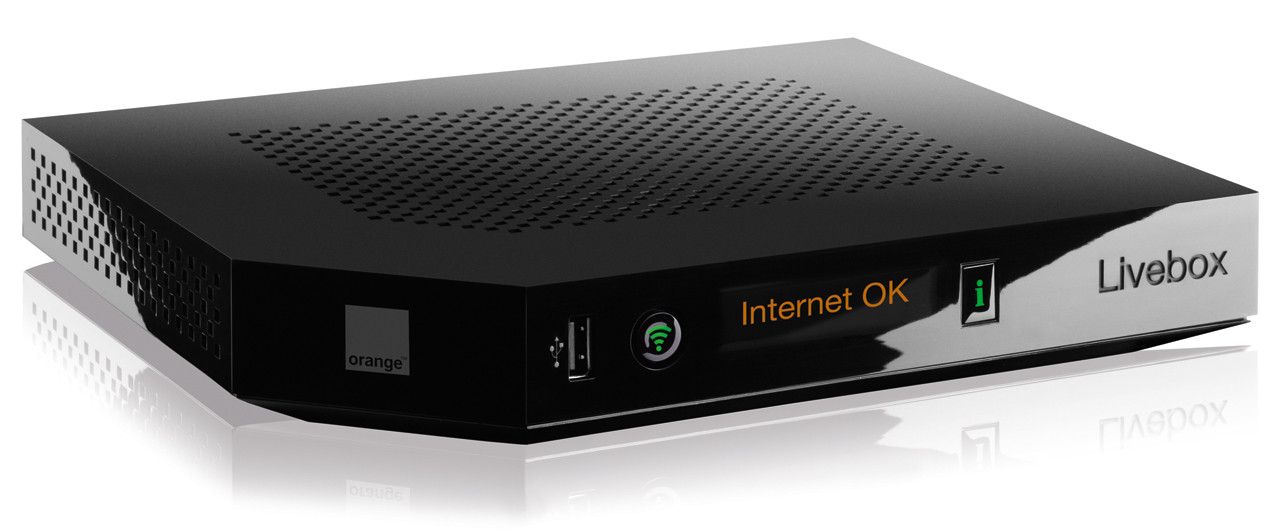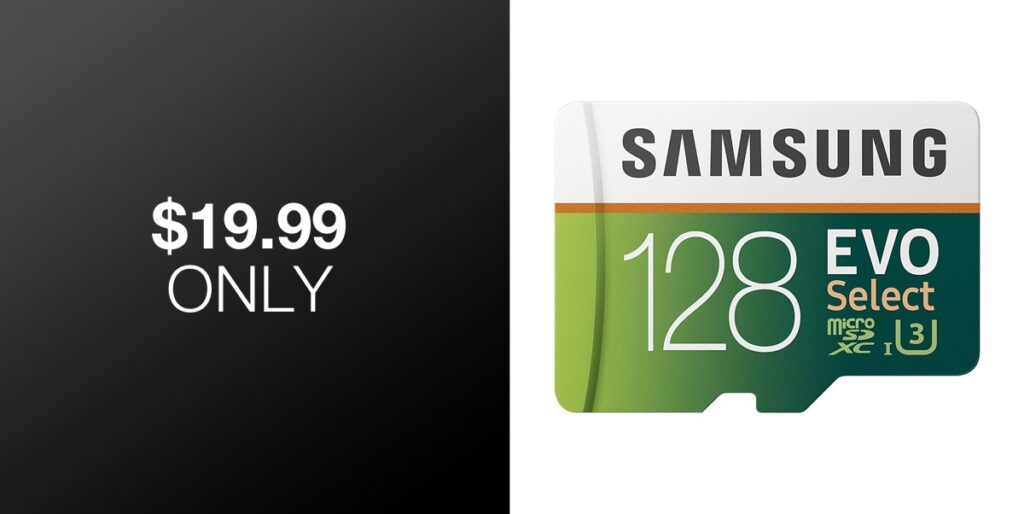Jul 08, 2017 5 Portable Apps for Mac that Should Go Everywhere with You By Robert Zak / Jul 8, 2017 Updated Sep 1, 2019 / Mac The Mac has such as pristine image that the idea of shoving a USB stick into it (the horror!) and running portable apps on it seems wrong somehow, as if running extraneous apps on Macs might somehow taint the unified slickness of the. Best electronic music creation software mac.
- Portable Apps Mac Os X
- Best Apps For Mac
- Portable Apps For Mac Os 7
- Portable Apps For Macos
- Portable Apps For Mac Os Download
Erasing your disk: For most reasons to erase, including when reformatting a disk or selling, giving away, or trading in your Mac, you should erase your entire disk. Ug 3d design software mac.
Erasing a volume on your disk: In other cases, such as when your disk contains multiple volumes (or partitions) and you don't want to erase them all, you can erase specific volumes on the disk.
Erasing a disk or volume permanently deletes all of its files. Before continuing, make sure that you have a backup of any files that you want to keep.
The killall command works at the system level and when you use it, the auto-save option doesn’t work. Use this to download the app for free. Be careful not to lose important unsaved data.What to do when the Force Quit command still not respondingIn the case that none of the above methods were successful, then it’s time to force quit with Memory Cleaner. Download Memory Cleaner and launch it. Actually, was designed to clean inactive RAM and speed up your Mac, however, it has a feature to force close apps.Here are the steps to force quit apps using the Memory Cleaner app:. Mac os force quit.
How to erase your disk


- Start up from macOS Recovery. Then select Disk Utility from the Utilities window and click Continue.
If you're not erasing the disk your Mac started up from, you don't need to start up from macOS Recovery: just open Disk Utility from the Utilities folder of your Applications folder. - Choose View > Show All Devices from the menu bar in Disk Utility. The sidebar now shows your disks (devices) and any containers and volumes within them. The disk your Mac started up from is at the top of the list. In this example, Apple SSD is the startup disk:
- Select the disk that you want to erase. Don't see your disk?
- Click Erase, then complete these items:
- Name: Type the name that you want the disk to have after you erase it.
- Format: Choose APFS or Mac OS Extended (Journaled). Disk Utility shows a compatible format by default.
- Scheme: Choose GUID Partition Map.
- Click Erase to begin erasing your disk and every container and volume within it. You might be asked to enter your Apple ID. Forgot your Apple ID?
- When done, quit Disk Utility.
- If you want your Mac to be able to start up from the disk you erased, reinstall macOS on the disk.
How to erase a volume on your disk
Portable Apps Mac Os X

- Start up from macOS Recovery. Then select Disk Utility from the Utilities window and click Continue.
If you're not erasing the volume your Mac started up from, you don't need to start up from macOS Recovery: just open Disk Utility from the Utilities folder of your Applications folder. - In the sidebar of Disk Utility, select the volume that you want to erase. The volume your Mac started up from is named Macintosh HD, unless you changed its name. Don't see your volume?
- Click Erase, then complete these items:
- Name: Type the name that you want the volume to have after you erase it.
- Format: Choose APFS or Mac OS Extended (Journaled). Disk Utility shows a compatible format by default.
- If you see an Erase Volume Group button, the volume you selected is part of a volume group. In that case, you should erase the volume group. Otherwise, click Erase to erase just the selected volume. You might be asked to enter your Apple ID. Forgot your Apple ID?
- When done, quit Disk Utility.
- If you want your Mac to be able to start up from the volume you erased, reinstall macOS on that volume.
Reasons to erase
You can erase at any time, including in circumstances such as these:
- You want to permanently erase all content from your Mac and restore it to factory settings. This is one of the final steps before selling, giving away, or trading in your Mac.
- You're changing the format of a disk, such as from a PC format (FAT, ExFAT, or NTFS) to a Mac format (APFS or Mac OS Extended).
- You received a message that your disk isn't readable by this computer.
- You're trying to resolve a disk issue that Disk Utility can't repair.
- The macOS installer doesn't see your disk or can't install on it. For example, the installer might say that your disk isn't formatted correctly, isn't using a GUID partition scheme, contains a newer version of the operating system, or can't be used to start up your computer.
- The macOS installer says that you may not install to this volume because it is part of an Apple RAID.
About APFS and Mac OS Extended
Disk Utility in macOS High Sierra or later can erase using either the newer APFS (Apple File System) format or the older Mac OS Extended format, and it automatically chooses a compatible format for you.
How to choose between APFS and Mac OS Extended
Disk Utility tries to detect the type of storage and show the appropriate format in the Format menu. If it can't, it chooses Mac OS Extended, which works with all versions of macOS. If you want to change the format, answer these questions:
- Are you formatting the disk that came built into your Mac?
If the built-in disk came APFS-formatted, Disk Utility suggests APFS. Don't change it to Mac OS Extended. - Are you about to install macOS High Sierra or later for the first time on the disk?
If you need to erase your disk before installing High Sierra or later for the first time on that disk, choose Mac OS Extended (Journaled). During installation, the macOS installer decides whether to automatically convert to APFS—without erasing your files. - Are you preparing a Time Machine backup disk or bootable installer?
Choose Mac OS Extended (Journaled) for any disk that you plan to use as a Time Machine backup disk or as a bootable installer. - Will you be using the disk with another Mac?
If the other Mac isn't using macOS High Sierra or later, choose Mac OS Extended (Journaled). Earlier versions of macOS don't work with APFS-formatted volumes.
How to identify the format currently in use
If you want to know which format is currently in use, use any of these methods:
- Select the volume in the Disk Utility sidebar, then check the information shown on the right. For more detail, choose File > Get Info from the Disk Utility menu bar.
- Open System Information and select Storage in the sidebar. The File System column on the right shows the format of each volume.
- Select the volume in the Finder, then choose File > Get Info from the menu bar. The Get Info window shows the Format of that volume.
If your disk or volume doesn't appear, or the erase fails
- Shut down your Mac, then unplug all nonessential devices from your Mac.
- If you're erasing an external drive, make sure that it's connected directly to your Mac using a cable that you know is good. Then turn the drive off and back on.
- If your disk or volume still doesn't appear in Disk Utility, or Disk Utility reports that the erase process failed, your disk or Mac might need service. If you need help, please contact Apple Support.
Learn more
Best Apps For Mac
- If you can't start up from macOS Recovery, you can use a different startup disk instead.
- If Disk Utility shows a Security Options button in the Erase window, you can click that button to choose between a faster (but less secure) erase and a slower (but more secure) erase. Some older versions of Disk Utility offer the option to zero all data instead. These secure-erase options aren't offered or needed for solid-state drives (SSDs) and flash storage.
Portable Thunderbird for OS X is based purely on the Mozilla Thunderbird email client but has been made portable for Mac OS X users. This free email client enables Mac users to bring their email, contacts, address book and personalized messages with them while on the go. The user can then run the portable email client from a USB device using any Mac OS X capable system, while leaving no traces behind on the host machine.
Portable Thunderbird for Mac OS X Screenshot:
Authors Website:http://freesmug.org/portableapps/thunderbird
Portable Apps For Mac Os 7
License: Open Source
How to install Portable Thunderbird for Mac OS X:
Portable Apps For Macos
- Download the PortableThunderbird.dmg file and double click it to mount
- From the mounted image, drag the Portable Thunderbird folder to your flash drive
- Double click “Portable Thunderbird” from the “Portable Thunderbird folder” on your flash drive to launch the portable version
Portable Apps For Mac Os Download
This Portable Application is filed under: Mac OS X Portable Software Apps
Download the latest drivers, firmware, and software for your HP Photosmart 6520 e-All-in-One Printer.This is HP’s official website that will help automatically detect and download the correct drivers free of cost for your HP Computing and Printing products for Windows and Mac operating system. Hp photosmart 6520 printer software for mac.
Gopro time lapse photos. Free editing software (PC/Mac) 1. GoPro Quik – Desktop Version. This is the “free” desktop version of the GoPro Quick App. It comes bundled with your GoPro and the basic version is free. This version allows simple edits, such as cutting, trimming and joining video clips, editing and adjusting colors in photos, videos and time lapses. Speed up or slow down time by capturing stabilized time lapse video in either HERO mode or 360 mode. Use it for: Time lapse video with your camera in motion Time Lapse (HERO Mode) Capture amazing time lapse videos or photos in HERO mode. Use it for: Time lapse videos or photos when your camera is still. The best GoPro time lapse software for such editing purposes is Wondershare UniConverter (originally Wondershare Video Converter Ultimate). It is quite convenient because it is GoPro time lapse software Mac and Windows support, making it reliable on both platforms.